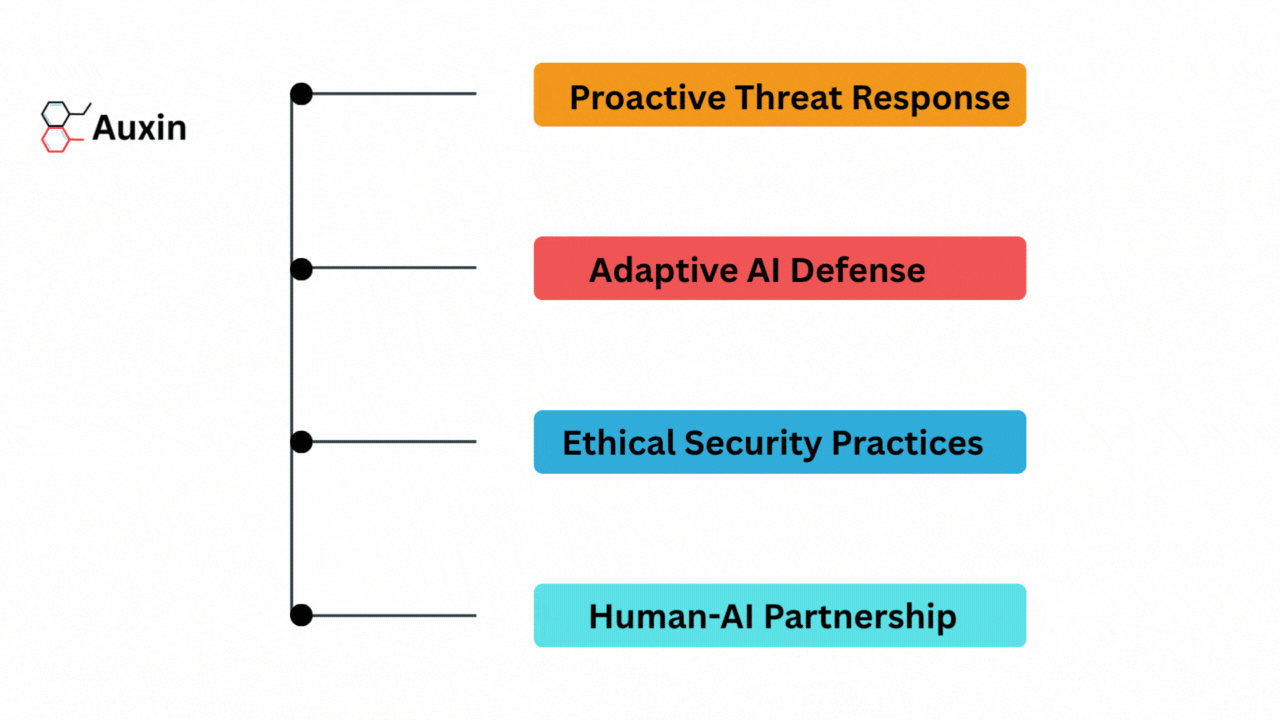Networks in Peril: The Impact of Black Hole Attacks Unveiled
In the vast and complex world of networks, there are many challenges and threats that IT professionals must contend with. One of the most intriguing and potentially catastrophic threats is the concept of a “Black Hole” in networking.
According to Techopedia “A computer communication network is composed of many different networks. Each is managed by a router that enables the routing of communications toward or away from that domain. If a particular router goes offline, a condition is created in which all the packets directed toward that router (or the connecting network) are lost as soon as they reach the point in the network where that router is installed. This is known as a black hole in the computer network.”
No, we’re not talking about the cosmic phenomenon but a networking issue that can have similarly devastating effects on data and communication. In this blog, we will delve into the mysterious realm of network black holes, exploring what they are, how they form, and their profound impact on networks.
What is a Network Black Hole?
In the context of computer networking, a network black hole is a situation where traffic mysteriously disappears or becomes inaccessible within the networks. It’s akin to a data void, where packets of information get lost in transit, leading to significant communication and data flow disruptions. These black holes manifest in various forms, including packet loss, dropped connections, and unreachable network resources.

How Do Network Black Holes Form?
Network black holes can form for various reasons, and understanding these causes is crucial for mitigating their impact. Here are some common scenarios that lead to the formation of network black holes:
- Configuration Errors: Misconfigurations in routers, switches, or firewall rules can redirect traffic to unintended destinations or drop it altogether. This can result in data being sent to the wrong place or simply vanishing within the networks.
- DDoS Attacks: Distributed Denial of Service attacks flood networks with overwhelming traffic, saturating the available resources. In such cases, legitimate traffic may be dropped or delayed, creating a black hole effect for those users.
- Routing Issues: Problems with the Border Gateway Protocol (BGP) or other routing protocols can lead to incorrect decisions. Traffic may be routed through paths that don’t exist or are congested, causing packets to vanish.
- Hardware Failures: Physical hardware failures, such as a malfunctioning network switch or router, can disrupt the normal traffic flow and create black holes within networks.
Effects of a Black Hole on a Network System
The effects of a network black hole can be wide-ranging and severe, impacting both end-users and businesses. Here are some of the critical consequences:
- Data Loss: The most immediate effect is data loss. Packets that disappear into a black hole are often irretrievable, potentially causing data corruption or incomplete transactions.
- Service Disruptions: Black holes can disrupt critical network services, leading to downtime and a flop of productivity for businesses relying on network-dependent operations.
- Security Risks: In some cases, black holes can be exploited by malicious actors to intercept, alter, or manipulate network traffic. This poses significant security risks, especially for sensitive data and communications.
- Customer Frustration: For service providers, network black holes can lead to customer dissatisfaction and churn as users experience frequent disruptions and degraded service quality.
Mitigating the Effects of Network Black Holes
Preventing and mitigating network black holes requires a multi-faceted approach:
- Regular Audits: Regularly audit network configurations to identify and rectify misconfigurations that could lead to black hole incidents.
- DDoS Mitigation: Implement robust mitigation strategies to handle large-scale attacks without causing black hole effects for legitimate traffic.
- Monitoring and Alerting: Use network monitoring tools to detect anomalies and set up alerts for rapid response to black hole incidents.
- Redundancy: Implement network redundancy and failover mechanisms to ensure uninterrupted service despite hardware failures.
Wrapping up:
In the interconnected networking world, black holes are an ever-present threat that can disrupt operations, compromise security, and lead to data loss. Understanding the causes and effects of network black holes is crucial for IT professionals to design resilient and reliable network systems.
By implementing proactive measures and best practices, we can navigate the abyss of network black holes and ensure the smooth flow of data and communication in our digital age. For more insightful blogs, visit auxin.io.







